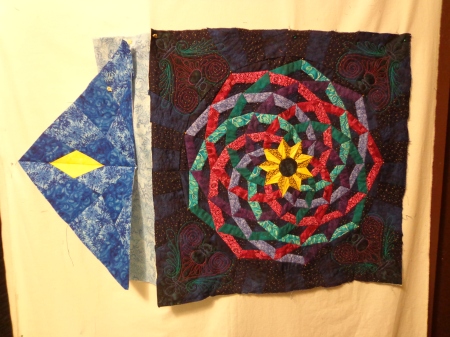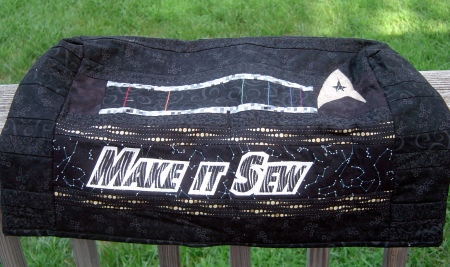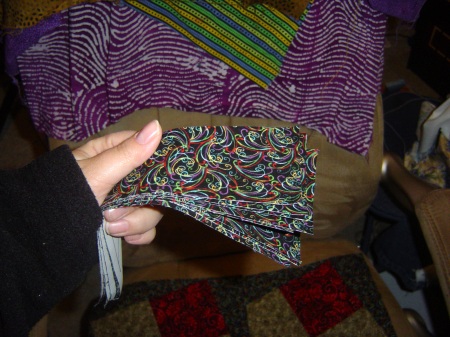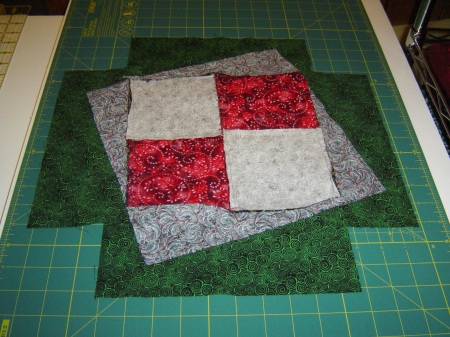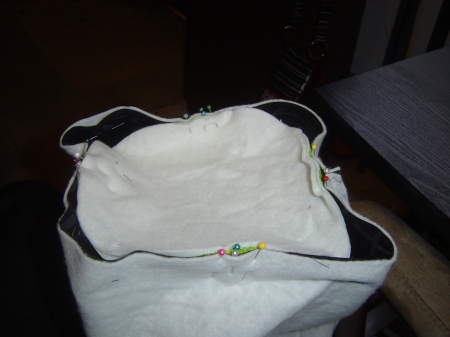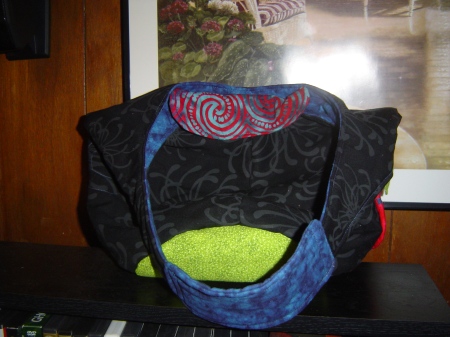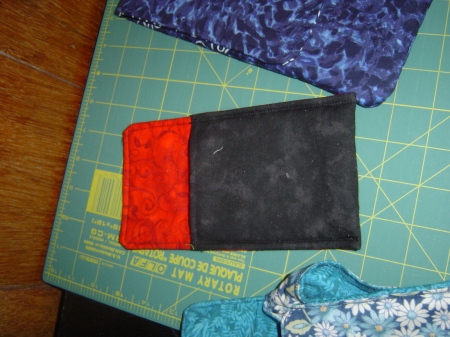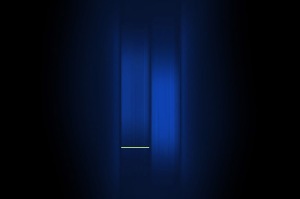I am an admitted perfectionist.
So, I have a hard time resetting my mind to “growth mindset” when I do something that doesn’t quite work as well as I would like.
And yes, I realize I should not like this trait. I don’t always.
But it explains why I am slightly disappointed in the results after firing my glazed pots from a couple of weeks ago.
I know now why not many pots start off with the dark colors as the base, it’s hard to tell if the glaze is done “thick enough” to be dark.
Some areas of these pieces I did well, but mostly I am disappointed with the coverage of my coating.
Which the lady at the shop told me would happen.
Anyway, here is my plate after glazing & firing.
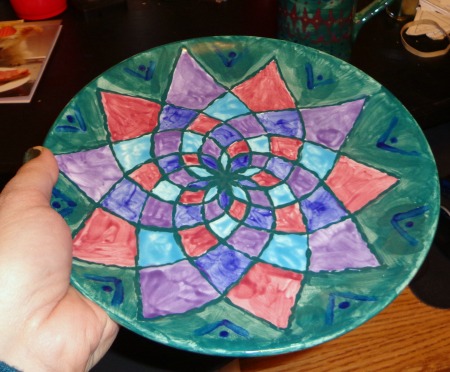
It’s not so bad, but just not exactly as I expected or pictured in my mind. I did the design great. But I did not do the coverage of the glaze great.
That’s okay, I can use this plate & be reasonably happy with it.
The mug I am less happy with, I should have stopped at one item that day.
Here is the flower side:

And here is the border side:

Learning experience, yes I know. And now I can have a flower vase for the next time I ever have flowers.
I think the dark just doesn’t work quite as well because it’s so hard to tell if you have a good coating.
Actually I could tell I was getting tired of sitting there, and wanting to go while I was painting the mug. The wide brush strokes I was doing on the mug and the warning that using a little goes a long way I convinced myself at the time it was fine.
The right thing to do to keep on painting until I also got the mug done.
Actually, the right thing to do would have been to plan the mug better and go back another time.
Luckily, it’s not all that expensive, it’s just a tiny bit challenging to get off work, get all my food stuff done and then drive there to go out & paint.
But I still have the dream of the red & black mug that matches my King’s Puzzle quilt.
So I will plan to go & do that sometime.
My 15 minute a day March-A-Long challenge isn’t going quite as well either, but I have been working on hand applique about 5 minutes every day. And I cleaned up some stray fabric I had out & about in my sewing room that was starting to drive me nuts.
How’s your month? Better?







